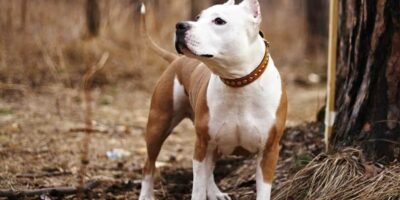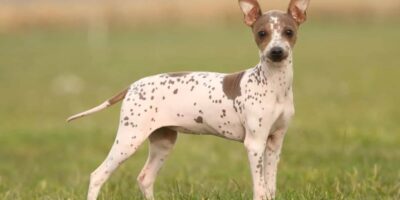The Dalmatian’s short, lustrous, spotted coat is what makes them unique. The flecks may be black or liver-colored on a white background. A square-shaped breed is the Dalmatian. The dog seems balanced, strong, and muscular.
Dalmatians typically weigh between 23 and 25 kg as adults. Adult males often measure 58–61 cm tall, whilst adult females typically measure 56–58 cm tall.
- Dog need experienced owners
- Needs some kind of training
- He prefers arduous strolls
- Like to go for longer daily walks of more than two hours
- Massive dog
- Typical salivation
- Grooming is required twice-weekly
- Canine breeds that are non-hypoallergenic
- A very loud dog
- Doggy protection
- Training in animal socialization may be necessary
- You may require training to socially connect with children
Origins
A dog breed that dates back to 2000 B.C. On Greek linens and plaques, spotted dogs were shown laboring on the chariots of Ancient Greece, Rome, and Egypt.
The region of Croatia’s Dalmatia, where the earliest records of the breed were found, is where the breed gets its name. During the military era, Dalmatians were used for training, border patrol, cart transportation, hunting, and herding.
Character
They like having company and entertaining an audience. Their strength and endurance, however, can sometimes be too much for certain owners. Dalmatians tend to become more reserved beyond the age of two, and sometimes even after that.

Behavior
These enormous, strong, and self-assured dogs make excellent watchdogs. They are zealous, committed, and focused on their families. These canines are best suited for knowledgeable owners. This breed needs good training and exercise, as well as trustworthy guidance, to be healthy and fun.
They may be suspicious of outsiders and prefer to develop close ties with their owners. Like all other breeds, this one should be purchased from a reputable, experienced breeder. Early and correct socialization is critical for developing an active personality and preventing behavior problems in the future.
Optimum health (difficulties)
Physical Activity
Dalmatian puppies shouldn’t be subjected to too much physical exercise. Dalmatians, in adulthood, are a hardy breed. They may continue to travel at a slow pace indefinitely.
A grown dog requires at least two hours of exercise every day, in addition to training and mental games that challenge both the body and the mind. They like sprinting, leaping, and climbing on different surfaces because it appeals to their innate hunting instincts. It is essential to safeguard their safety as a result.
Nutrition
It’s crucial to regularly assess your dog’s physical condition if you want to keep him in top shape. Additionally, remember to feed your pet twice each day in accordance with the nutritional recommendations that come with different foods.
Skin Care
A Dalmatian’s short, durable coat doesn’t need much upkeep or frequent trimming. Once a week, use a glove to remove dead hairs from the coat, and then polish it with a soft cloth.

